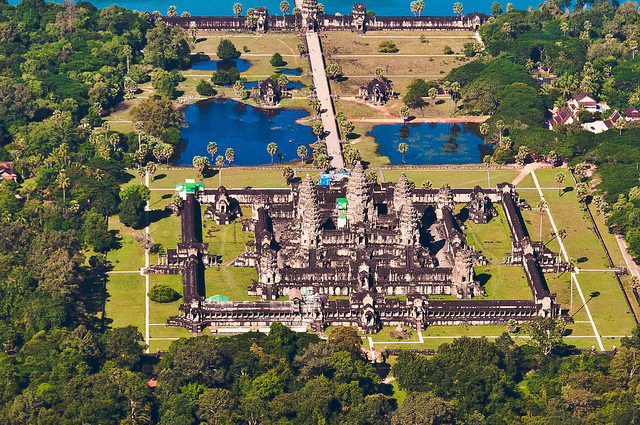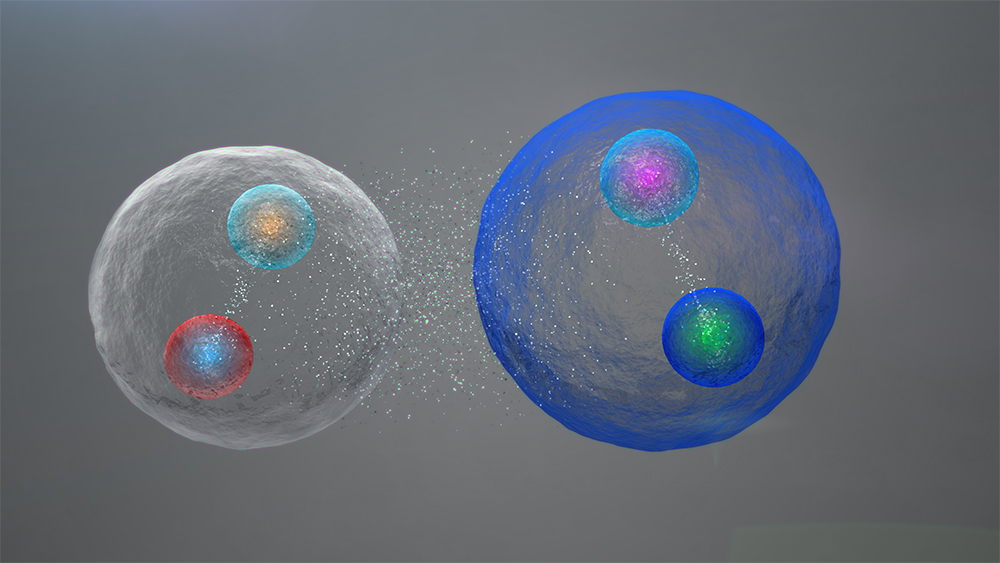The lost city of Mahendraparvata, near Angkor Wat, was unearthed using airborne laser technology – LiDAR. Scientists always believed that a city existed there some 1200 years ago. The findings were then re-confirmed by a team of Australian and French archaeologists who went on foot expedition through the jungle. The vast network of roads, canals, pools and reservoirs point towards existence of a well planned city bustling with life. The city, connected to famous Angkor Wat, was found hidden beneath the dense forests of the mountain of Phnom Kulen.
The laser technology, used to locate the lost city, works by firing laser rays from an aircraft to the ground. The distance travelled by these laser rays is measured to create a detailed, three-dimensional map of the area. The technology proves very helpful to archaeologists in exploring areas that are difficult to travel on foot due to dense vegetation. The laser pulses, on the other hand, can penetrate thick vegetation much faster.
The next logical step now will be to start excavating the site for more information. The discovery is valuable as it will give useful insight into life and times of people of mighty Khmer empire that lived in Angkor (now Cambodia) in 12th century.
Did you know?
Angkor Wat in Siam Reap, Cambodia is the largest religious monument in the world. The temple is dedicated to Hindu God Vishnu. Angkor Wat meaning ‘temple city’ was built in Yasodharapura, the capital of the Khmer Empire, by the Khmer King Suryavarman II in the early 12th century. It is pride of Cambodia, appearing on its national flag. It is also UNESCO World Heritage Site making it country’s prime attraction for visitors.





Leave a Reply